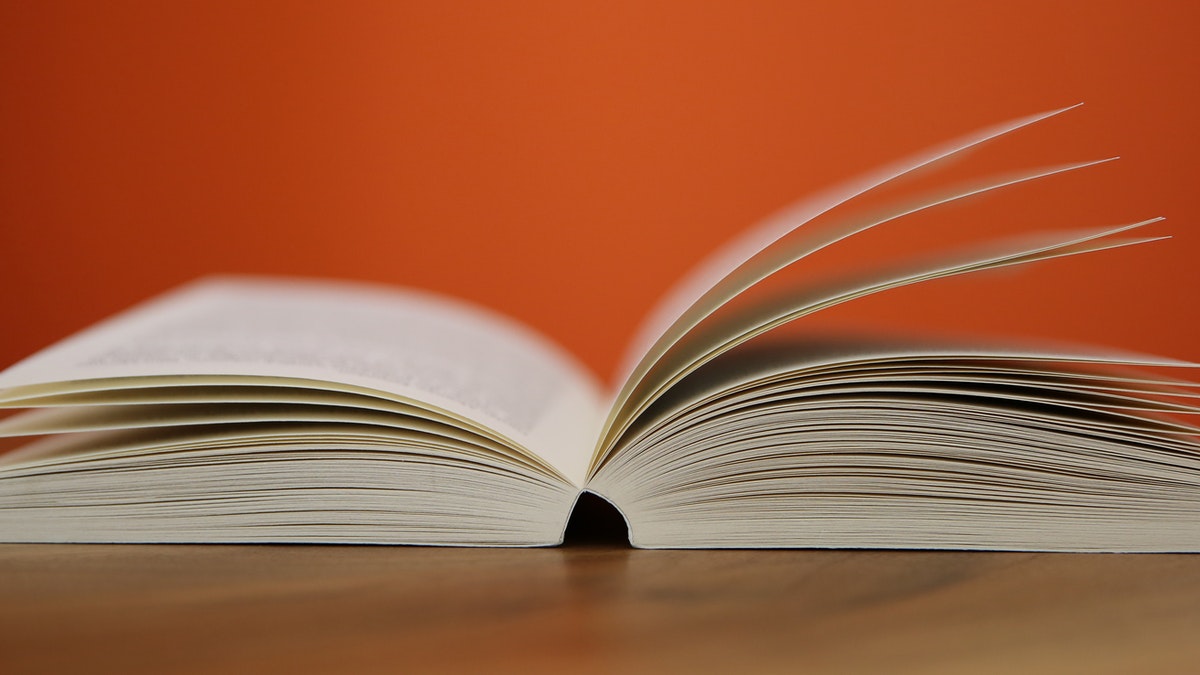This chapter introduces to the concept of separating different substances based on their properties. Substances are often mixed together in various combinations, and it is necessary to separate them for various purposes such as obtaining pure substances or removing impurities.
Different methods of separation, include handpicking, winnowing, threshing, sieving, sedimentation, decantation, filtration, evaporation, and condensation.
Handpicking is the simplest method of separation, where substances are separated by hand based on their physical properties.
Winnowing is used to separate heavier grains from lighter impurities by allowing wind to blow away the lighter particles.
Threshing involves the separation of grains from the harvested crop.
Sieving is the process of separating substances based on their particle size.
Sedimentation and decantation are used to separate substances with different densities, where heavier particles settle down and are separated by pouring out the liquid above.
Filtration is a method of separation where solid particles are separated from a liquid or gas by passing it through a porous material.
Evaporation and condensation are methods used to separate mixtures of solid and liquid or liquid and liquid based on their boiling points. Evaporation involves heating the mixture to vaporize the liquid, leaving behind the solid residue. Condensation is the process of cooling the vapor to convert it back into a liquid form, which can then be collected separately.

